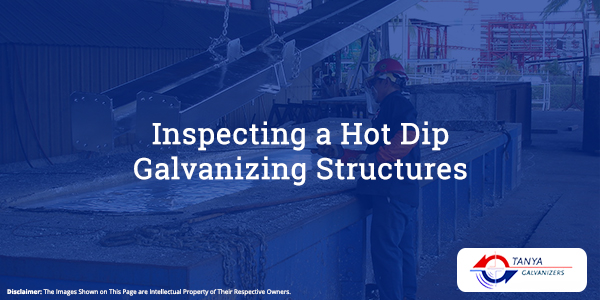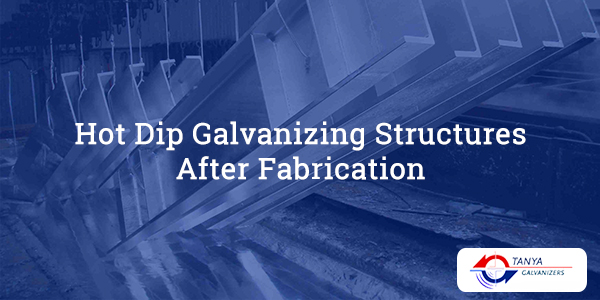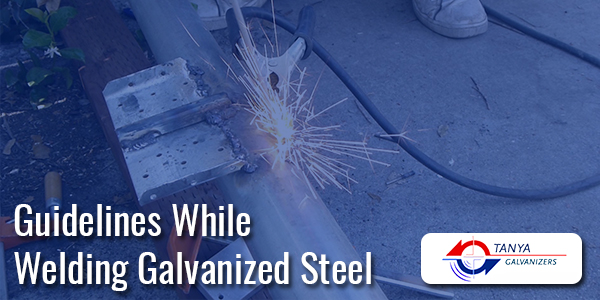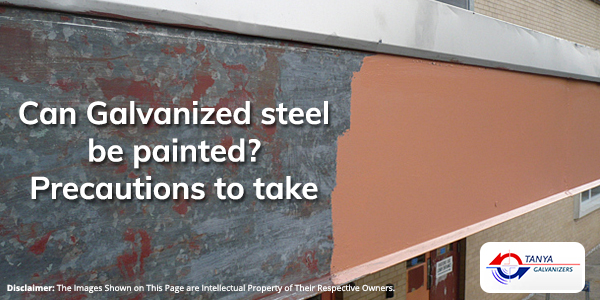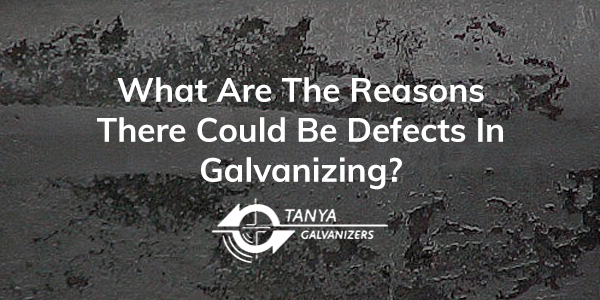The continuous change in the atmospheric condition has given a steep rise to the corrosive action of nature. In such a calamity humans have created galvanized structure to fight the corrosion against their creation. In spite of the effort to keep their creation safe by process of galvanization success is not always fruitful. The main reason for such failure can be summarized under the poor quality of the galvanized structure. To ensure safety and long lasting galvanized structures it is important a thorough inspection is done on the creation. To achieve such durability in a hot dip galvanized structure an inspecting team must keep in mind the following layouts:
1. Appearance
Cooling rate: To ensure a durable hot dip galvanized structure, the cooling rate of the product must be above 550F with compression and metallurgical reaction between Iron and Zinc in the solid state. This will ensure uniformity in the colour.
Steel Processing: The usage of steel in process of fabrication ensures appearance to be both dull and bright, further inter-metallic formation is created due stresses exerted on the steel during the process. This ensures the protection against corrosive agent stays intact making the structure durable.
2. Surface and Condition:
Bare Spots: This generally takes places due to welding slag and rusting on the surface. To avoid bare spot one must ensure the surface area was properly cleaned before the process of galvanization after pre-treatment. In case of high amount bare spots the entire length of the subject must be stripped and re-galvanized.
Chain and Wire Marks: During process of transportation chain and wire marks does takes place on the structure. If this results in exposing of the base steel structure, it is important to re-galvanize the area of the structure for better lasting.
Clogged holes and Threads: The clogged holes are effect of viscous zinc packed in holes below 3mm. This can be avoided by making the holes larger in size, and if 3mm requirement holes clogged by zinc are utility then they must be centrifuge above 500 Fahrenheit. Similarly in case of clogged thread that is the effect of poor drainage, the same principle is to be applied.
3. De-lamination and Peeling: This is usually a coating of Iron and Zinc above the galvanized steel structure that creates a gap between the two layers; it takes places because structures takes a long time to cool down even after brought out from the galvanizing kettle. If peeling the coat meets the required specification of galvanization can be used for further structural demonstration or can be re-galvanized as per requirement. De-lamination usually due to effect of blasting is not the responsibility of the galvanizer.
4. Excess Aluminium in Bath: In case of the process of galvanization Zinc is the major liquid with 98% the rest 2% used is majorly Aluminium – “discretion of galvanizer” as such it creates black mark on the structure. If the spots are visible and small it can be removed. However for huge load the structure must be re-galvanized.
Related: Hot Dip Galvanizing Process | Tanya Galvanizers
These major points during the process of inspection if taken care of, will create a strong galvanized structure for utility purposes.
Get in touch with us call: +91 8000842648
